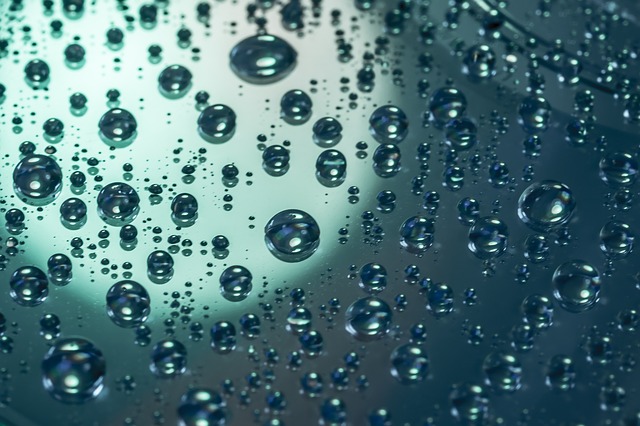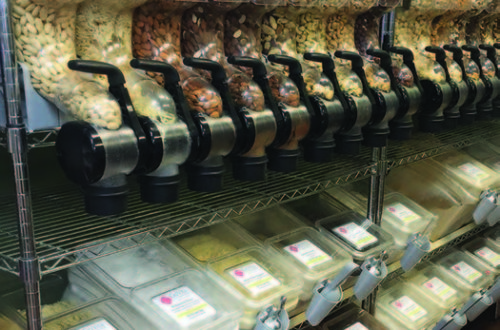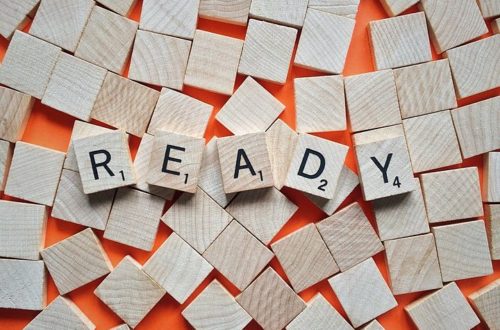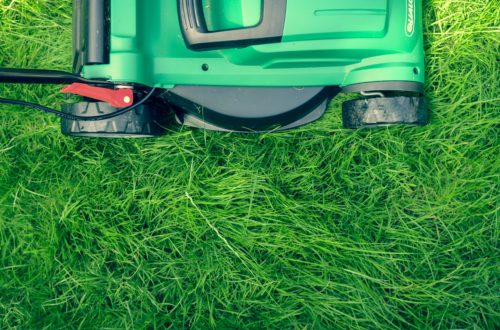Most of us are almost unaware of how much water we waste on a daily basis.
Water is wasted waiting for the shower or sink to warm up, on the slow leak you have in the toilet bowl that you never knew about, and from sprinkling your lawn every day.
With some of the newer developments surrounding water usage throughout the world, it may be a good time to really think about how you can cut down on the water you waste. There are a whole bunch of things you can do, but let’s start with some basic first steps that make a big impact.
1. Take Shorter Showers
Reduce your shower time and try to avoid baths when you can. Most baths use 35-50 gallons of water, but showers can use only about 25, especially if you have a low-flow shower head. If you don’t have one, consider investing in one. Especially if you’re renting, a new head is a great way to revamp your whole shower routine. Even the kids may enjoy it.
2. Stop Pre-Rinsing Dishes
Unless something is seriously burnt on, try really hard not to pre-rinse. It is an enormous waste of water, and most dishwashers are powerful enough that there’s no need to. Also, try to use the dishwasher when you can. It actually uses less water per dish than hand-washing does, which means it’s good for the environment, and you.
3. Check for Leaks in the Pipes
Don’t forget to check the outdoor faucets and pipes too. Hopefully, you’ll notice if you’ve sprung a leak somewhere inside, but it can be easy to miss an outside one. Keep an eye on them, and do a check at least every six months. Also, keep an eye on your water bill. If you notice that it’s gone up, you might be leaking somewhere.
4. Only Run Full Loads of Laundry or Dishes
I know, there are only so many items you have that get washed on the delicate cycle. However, you can still fill it up – just add some stuff that can take a rougher washing, but isn’t too dirty. Making sure you have a full load each time means chores go faster, detergent gets used more effectively and you’ll never run out of clean underwear again.
5. Check your Toilet for Leaks
Add some food coloring to the tank before you go to bed. When you use it in the morning, see if any of the colored water has leaked into the bowl. If so, it’s a hidden leak that should be fixed.
6. Stop Wasting Water in the Sink
Just think about how long you leave the water running while you brush your teeth. Why? It’s not doing anything. Turn it off!
Additionally, make sure you don’t have a leaky sink. This site even has a drip calculator to help you calculate how much water is wasted from your sink. You may be surprised at how much water a single leaky faucet loses.
7. Watch How You Water
It’s not necessary to have your irrigation system set to go off twice a day, every day. The grass doesn’t need it that much. If you really feel you must water your lawn, just water the dry spots instead of the whole thing. You can check your hose for leaks while you’re at it.
8. Reuse Water
It’s not always a feasible goal to stop wasting water entirely. However, you can cut down drastically by saving and reusing the water you can. Instead of letting it all run down the drain, capture some of it. You can save water from washing your hands or rinsing vegetables and fruits to use on your lawn or watering potted plants.
On average, each person loses about 10 gallons a day to leaks. That is a completely fixable waste, and one that would help your pocketbook. Some of these ideas are really easy – everyone can skip a bath now and then. With droughts increasing each year, and some of the same places getting hit over and over again, saving water should be on everyone’s to-do list. Remember, every gallon helps.
Image by blickpixel
Kayla Matthews is a healthy living blogger with a passion for eco-friendly lifestyles.







12 Comments
First Choice
Great tips! One additional tip is to consider installing aerators on faucets. Aerators mix air with the water flow, reducing water usage without compromising water pressure. It’s a simple and cost-effective way to conserve water in your daily routines.
Gilman
Hi! Thanks so much for mentioning the importance of fixing plumbing leaks promptly and the tips on how to detect them. When inspecting your home for leaks, you should also look for signs like wall and ceiling discoloration and listen for unusual sounds of running water when no faucets are on.
Polestar
You provided a helpful tip for identifying a leaking toilet – thank you! Unfortunately, a leaking toilet is a common reason for using too much water, and sometimes, there is no clear sign of a leaking toilet – not all leaks are that obvious. By the way, one of the most common causes of leaks is issues with the toilet fill valve. The fill valve controls how much water goes into the tank after each flush. If it’s not working correctly, water can keep flowing into the tank, which can lead to it overflowing and causing a leak.
ST
Thanks for mentioning the importance of fixing plumbing leaks quickly. Even small drips waste a lot of water every day and harm our resources. For example, a faucet that drips at a rate of one drip per second can waste around 5 gallons (19 liters) of water per day. That’s about 2,082 gallons (7,881 liters) wasted in a year!
Jennifer
That is crazy cool
jonathan
this is amazing
Parvesh
I think we should use water in lawns and we have to transport or produce this water to the places where lack of water
Morgz
This is amazing thank you!!!!!!!!!!!!
Omar
so true
Samyuktha mangaraj
Well I agree with this points I also told my mom to take shorter showers. This will definitely decrease the water consumption. You are right we should check our pipes and toilet leaks this will also decrease the water consumption.
rachel frampton
My mother would like to reduce her water bill by having a water Well installed in her backyard. Well, aside from this, I also agree with you that she must opt for low-flow showerheads since this may help decrease water consumption. You’re right that she must check her outdoor faucets and pipes for any leakage as well.
Subarna Chakraborty
Yes,this is right we also don’t waste water